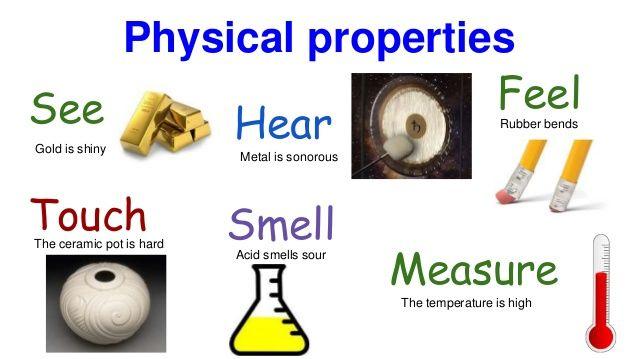
Unit 2 Final Review
Quiz by Amy Robinson
Feel free to use or edit a copy
includes Teacher and Student dashboards
Measure skillsfrom any curriculum
Measure skills
from any curriculum
Tag the questions with any skills you have. Your dashboard will track each student's mastery of each skill.
With a free account, teachers can
- edit the questions
- save a copy for later
- start a class game
- automatically assign follow-up activities based on students’ scores
- assign as homework
- share a link with colleagues
- print as a bubble sheet
13 questions
Show answers
- Q1Which choice describes a physical property?the way a substance reacts with waterthe mass of a certain type of plasticthe density of aluminumwhether or not a metal will rust30s
- Q2What phrase best describes the periodic table?an arrangement of all elements that are metalsapproximately 100 elements classified as metals, nonmetals, and compoundsan arrangement of approximately 100 elements organized in groups and familiesapproximately 100 elements arranged in order of increasing mass30s
- Q3Which electrons in a model of an atom are most likely to be involved in a chemical reaction?the valence, or inner, electronsany electron shown in the modelthe valence, or outer, electronselectrons that are closest to the nucleus30s
- Q4Which of these substances is not made of atoms?carbon dioxideoxygentreesprotons30s
- Q5What classification of elements includes copper, gold, and iron?gasmetalnonmetalmetalloid30s
- Q6What process represents a chemical change?a lake freezes over timeVinegar bubbles when baking soda is addedSand, water, and salt combine to form a mixture.a metal bar is rolled into a flat sheet30s
- Q7Trini adds 10g of baking soda to 100g of vinegar. The mixture bubbles and the mass drops to 105g. Why did it change?Vinegar evaporated during the experimentBaking soda loses mass when dissolved in vinegarMass was destroyed when vinegar reacted with baking sodaA gas formed and left the mixture.30s
- Q8Why do elements in group 16 share similar chemical properties?These elements all have the same atomic numberThese elements are all nonmetalsThese elements are all in the same periodThese elements have the same number of valence electrons30s
- Q9If you know the atomic number of an element, what can you determine about the element?the atomic mass of the elementthe number of neutrons in an atom of the elementThe atomic number of any element to the left or right of the elementthe mass number of any element to the left or right of the element30s
- Q10What process is an example of a chemical change?bath water cooling as you take a batha piece of metal expanding when it is heateda glass window breaking when hit with a baseballan iron nail rusting30s
- Q11Which of the following describes different types of atoms joined together by chemical bonds?all pure substancesall compoundsall elementsall matter30s
- Q12How are the elements on the periodic table arranged?by decreasing atomic massby decreasing atomic numberby increasing atomic massby the increasing atomic number30s
- Q13Which of the following best describes most of the elements on the periodic table?Most of the elements are noble gasesMost of the elements are nonmetalsMost of the elements are metalloidsMost of the elements are metals30s
